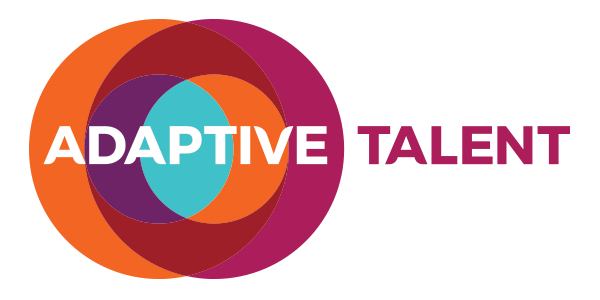Being aligned as a team on how you define culture, and being mindful about the culture you currently have, is one of the most important things a leadership team can undertake collectively.
Senn-Deleney posted a 20 minute video interview with Iglo Group CEO Martin Glenn explaining his journey leading the transformation of Iglo from Unilever spin-off to private equity backed independent company. He’s candid about how things evolved and reflective about the role a unified culture had, and continues to have, on his business.It’s interesting to hear a CEO describe culture and to be so forthright about realizing its impact on execution, especially in a situation where the business was so heavily leveraged.
Why? Because it requires true collaboration around creating an outcome together, versus reacting to particular situations or people and having those auto-author your culture. If you’ve ever worked in a place that has a hodge-podge of cultural leftovers from prior companies, you know what I mean.
One tool I use to help leaders assess a unified, outcome oriented culture is The Leadership Circle’s Collective Leadership Assessment.”Essentially, the top half of the circle represents effective leadership competencies, and the bottom half represents reactionary behaviours when people feel threatened.
Employees are surveyed anonymously to measure how they view the leadership team performing as a group on creative competencies and reactive tendencies, as well as where they believe the organization’s leaders should be in the future. The gap between those measures produces a huge treasure trove of rich insights upon which you can begin organizational development work.
The tool is powerful for a number of reasons, not the least of which is that it’s elegant; people just “get it”, and it helps to show the beliefs that fuel the behaviours. For example, if the leadership team scored high in the Relating Dimension (which measures the extent to which leaders in your organization relate to others in a way that brings out the best in people, groups and organizations. It measures how well the leadership culture of the organization builds quality relationships, fosters teamwork, collaborates, develops people, involves people in decision making and planning, and demonstrates a high level of interpersonal skill.) the beliefs will be notably different than if people scored it low.
Any kind of organizational change requires leaders at all levels to feel secure enough to experiment with new beliefs and behaviours, so step one is truly helping people name those beliefs, understand the impact on their behaviours and consequently the impact on their colleagues. As the senior team goes, so does the organization.
Equally interesting is the relationship between dimensions; there tends to be a strong inverse relationship between creative competencies and reactive tendencies. If you’re controlling, for example, it’s quite difficult to help others do their job well independently, for example. Here again the focus on beliefs and their impact on behaviours is important, especially if you need to start one behaviour while reducing another.
So what’s this tool got to do with defining and living your own culture? Well, to use the above framework, it’s being outcome focused that your leadership expectations are a way to bring your values to life, and that doing so in explicitly defined ways will produce tangible benefits for your brand and stakeholders. The leadership culture at Nordstrom, for example, is way different than leadership at The Gap. The “what” of effective leadership is likely common across most organizations, but the emphasis and the “how” of bring your values alive in tangible ways is what’s profoundly across organizations. It’s where the rubber meets the road, so to speak. I take my clients through involved, rich exercises where we “map” out their beliefs and practices now, and where they want to take them. We tell stories, good and bad, of how living (or not) their values impacted the team and the results.
These things must, by definition, be a living breathing document as life changes and the organization has more and more stories and practices that bring the values to life. Used properly, the feedback loop produces richer understanding, alignment, and the ability to execute in uncharted waters because people’s operating systems are similar.
There’s an old expression “The soft stuff is the hard stuff” and that could not be more true than intentionally clarifying and living your culture & organizational development consulting through leadership coaching and development programs.
—
Adaptive Talent is a talent consultancy designed to help organizations achieve amazing results and ongoing adaptability. Founded in 2008 and based in Vancouver, Canada we offer retained search, assessments, total rewards consulting, training, leadership coaching and development programs, and culture & organizational development consulting.

